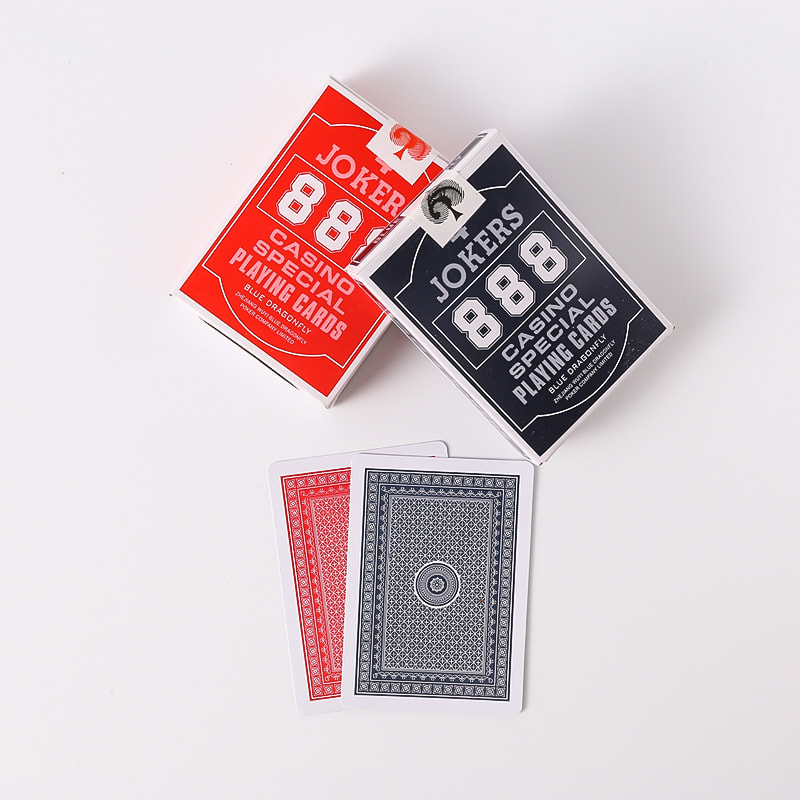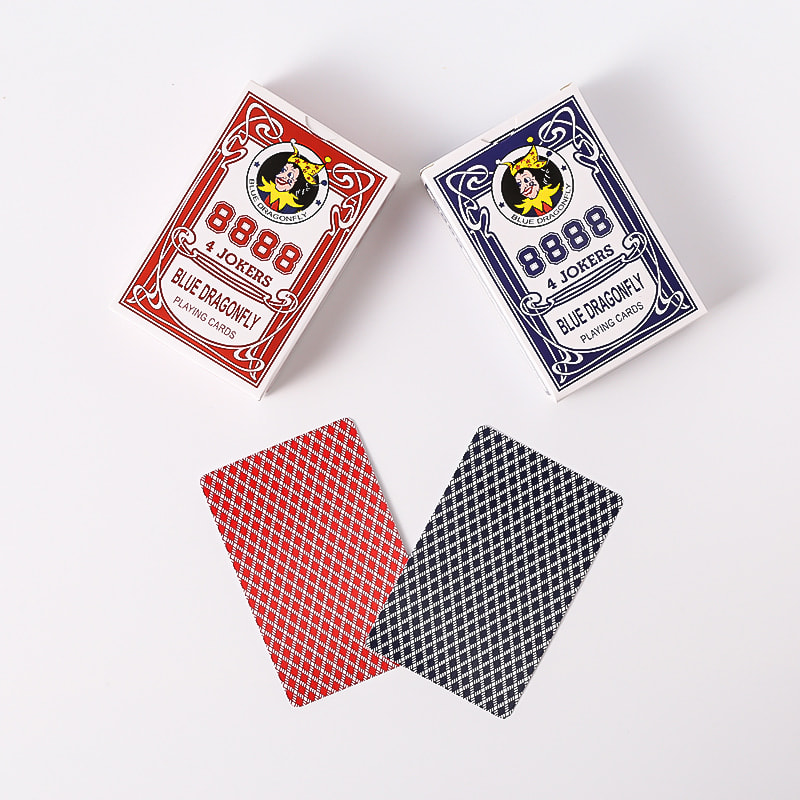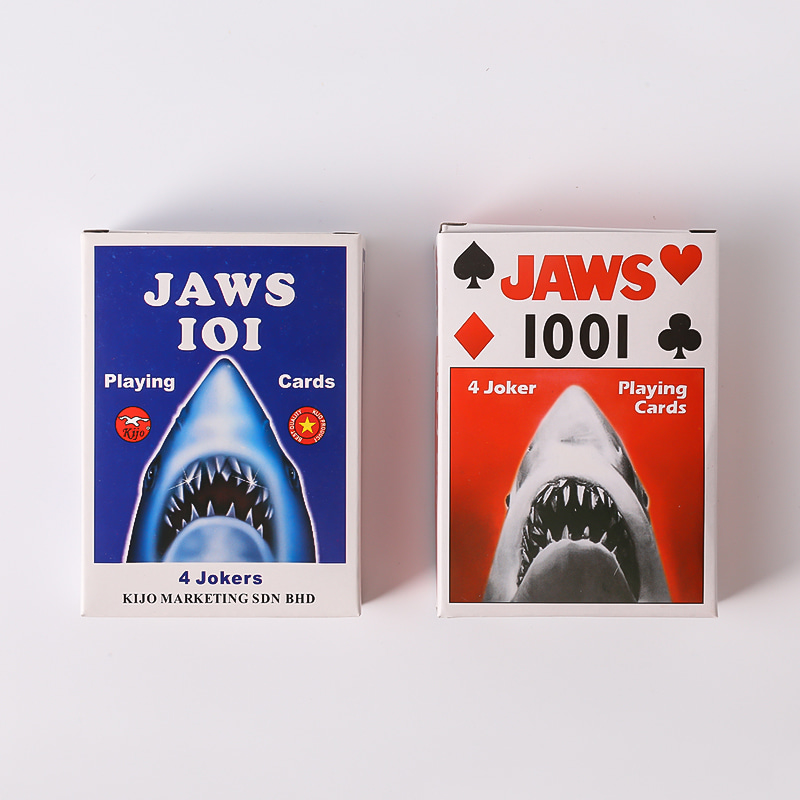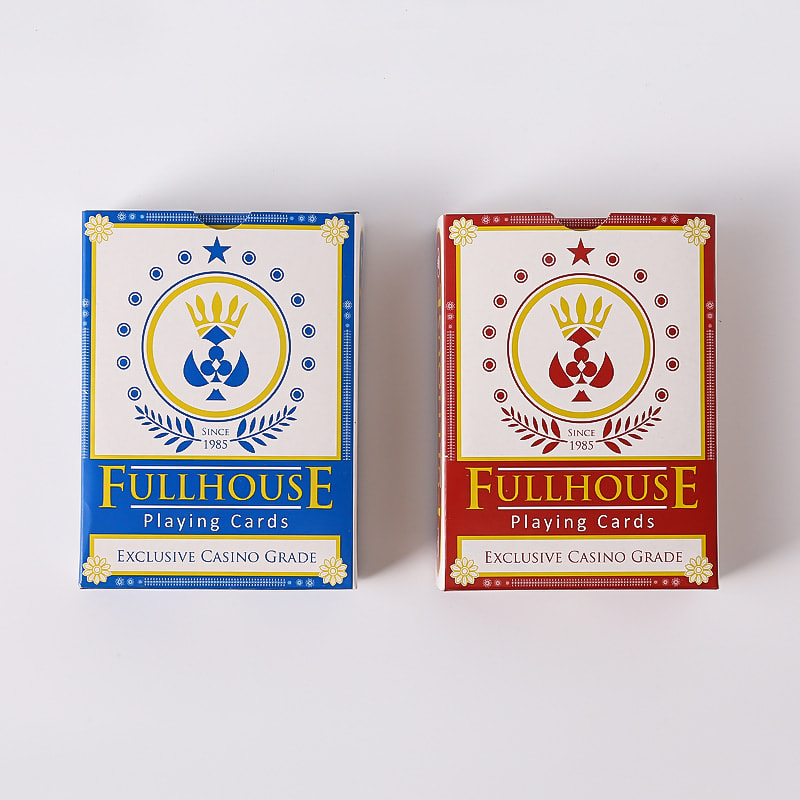Web Menu
Product Search
Exit Menu
Ensuring Non-Stick Efficiency During Card Production in a Modern Playing Cards Making Machine
Production efficiency and product quality are two critical factors in the manufacturing of playing cards. One common issue that arises in high-speed card production is the problem of card adhesion or "stickiness," which can affect everything from automated sorting to final packaging. This article explores whether the Playing Cards Making Machine is equipped with anti-stick features, and how these features contribute to smoother operations and improved product consistency.
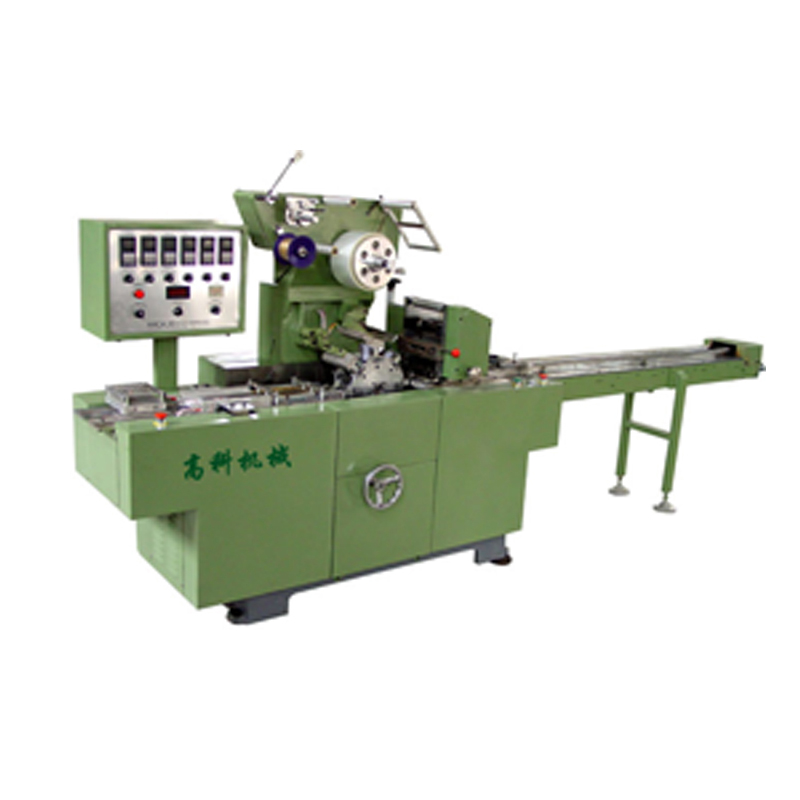
Importance of Non-Stick Treatment in Card Manufacturing
In the playing card industry, the production process involves multiple steps, including printing, cutting, coating, and sorting. During these phases, the cards often undergo lamination, UV coating, or varnishing, all of which can introduce slight residues or surface tension that may cause cards to stick together. This is particularly problematic when cards are being stacked, packaged, or shuffled automatically, as adhesion can cause double feeds, misalignment, and increased rejection rates. Therefore, the presence of anti-stick measures in a Playing Cards Making Machine is vital for maintaining production reliability and user satisfaction.
Coating Technologies and Surface Treatments
Modern Playing Cards Making Machines typically integrate advanced coating units designed to not only enhance durability and visual appeal but also reduce surface friction. These coatings are engineered to dry quickly and evenly, preventing residual tackiness. Some machines include anti-static units or infrared/UV drying systems that accelerate the curing process, further reducing the likelihood of sticking. In addition, certain chemical treatments are applied to the card surfaces to ensure smooth separation during handling.
Mechanical Design Considerations
Anti-stick performance is not solely a function of chemical treatment. Mechanical elements of the Playing Cards Making Machine also play a significant role. For example, air-blast separation systems are often used to gently blow air between cards before stacking, helping prevent clumping. Precision feed rollers, non-stick conveyors, and carefully calibrated stacking modules all contribute to reducing contact pressure and the risk of adhesion. Some high-end machines also employ micro-textured rollers or Teflon-coated surfaces to enhance non-stick performance throughout the card path.
Quality Control and Process Optimization
Reliable card separation is a quality control priority. Therefore, many machines come with integrated vision inspection systems that detect double-card pickups or incomplete separation in real time. When anomalies are detected, the system can automatically reject faulty sets, adjust feed mechanisms, or alert the operator. These features not only maintain product quality but also reduce downtime and waste. Manufacturers may also fine-tune the lamination pressure and drying time during setup to match the specific paper or plastic stock being used.
Conclusion: A Well-Engineered Solution for a Common Problem
In conclusion, modern Playing Making Machines are equipped with multiple layers of defense against card stickiness. From precision coating and drying techniques to innovative mechanical separation systems, these machines are designed to handle high-speed production without compromising card quality or process efficiency. While older models may require additional manual oversight, today’s advanced systems provide a comprehensive solution to one of the persistent challenges in card manufacturing. For any manufacturer looking to ensure seamless card handling from production to packaging, investing in a machine with robust anti-stick capabilities is a strategic and cost-effective choice.




 English
English عربى
عربى



